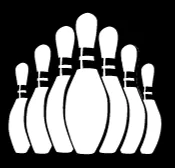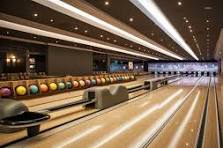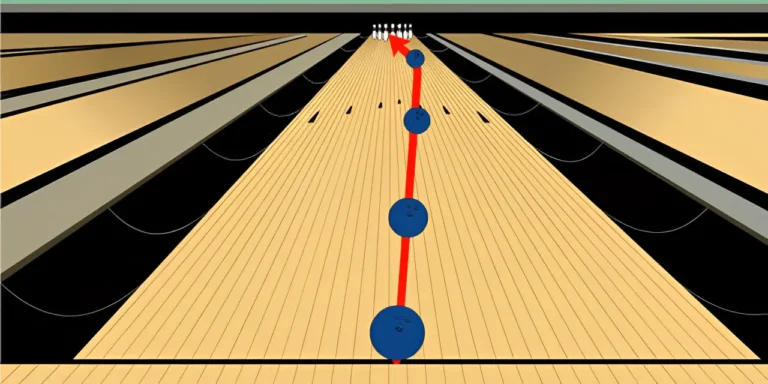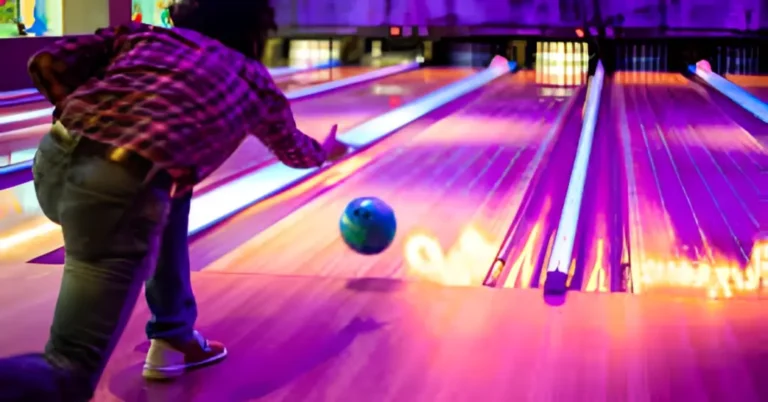How long is a bowling lane
Bowling enthusiasts, have you ever wondered about the exact dimensions of a regulation bowling lane? Understanding these measurements is crucial for both casual and competitive players alike. In this detailed guide, we’ll unravel the standard bowling lane length, explore related dimensions, and address common queries, equipping you with valuable insights to enhance your bowling experience.
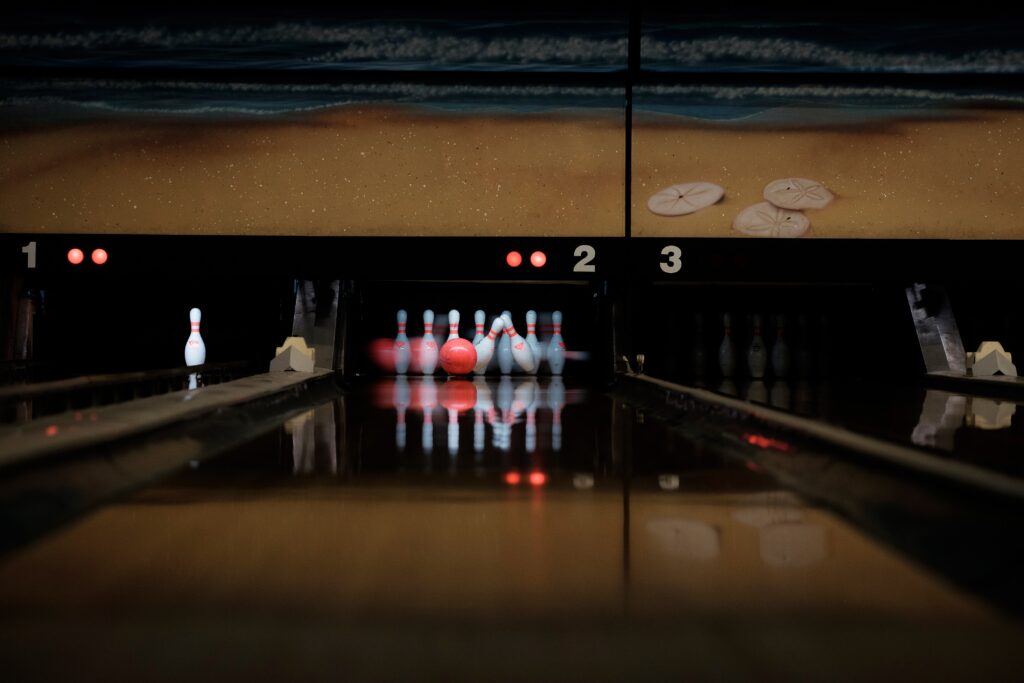
The Standard Bowling Lane Length Unveiled
According to official regulations set by governing bodies like the United States Bowling Congress (USBC) and the World Tenpin Bowling Association (WTBA), a standard bowling lane measures precisely 60 feet (18.29 meters) from the foul line to the center of the head pin deck. However, the overall length, including the approach area, extends slightly further.
Exploring Related Dimensions
While the bowling lane length is the primary focus, several other dimensions contribute to the overall specifications:
- Approach Area: From the foul line to the start of the lane, the approach area spans 15 feet (4.57 meters), allowing bowlers ample space for their approach.
- Lane Width: A regulation bowling lane maintains a consistent width of 41.5 inches (105.41 cm) throughout its length.
- Pin Deck: At the end of the lane, the pin deck measures 60 inches (152.4 cm) long and 43.5 inches (110.49 cm) wide, providing ample space for the pin setup.
- Pit Area: Behind the pin deck lies the pit area, designed to contain fallen pins and balls that overshoot the deck.
Variations in Bowling Disciplines
It’s important to note that while the standard bowling lane length applies to traditional tenpin bowling, variations may exist in other bowling disciplines. For instance, in duckpin bowling, a smaller variant played with shorter and thinner pins, the lane length can be slightly shorter, typically around 60 feet.
Lane Construction and Resurfacing
Accurately building regulation bowling lanes requires intensive planning, measurement, and specialized materials for a durable yet ever so slightly flexible playing surface able to withstand force, torque, moisture fluctuations, and more over decades while retaining strict flatness standards across its 60-foot length and 40-inch width facilitating equal rolls.
However, even solid modern bowling lane engineering sees wood laminate upper boards expand & contract while synthetic overlays slowly wear inducing slight dips, valleys, and ripples from continual pin impacts and ball launches.
So approximately every 5 years, bowling centers schedule professional lane resurfacing to sand down and strengthen playing fields back to strict 1/1000 of an inch flatness grades across all boards. This maintains precision playability.
Incorporating Gutters, Oil Patterns, and Approach Details
Beyond central lane lengths and widths, additional specifications guide integrating other essential elements like ball returns, lane conditioning, and player release points.
Gutter Dimensions
Recessed ball return tracks on both lane sides measure roughly 8 inches across sloping inward as they funnel balls and fallen pins into the underground circulation system, before lifting back to ball racks.
Oil Patterns
Lane oil conditioning provides friction variation enabling ball motion styles. Specific oil volume and board zone placement create challenges. Maintenance regulates 32 to 42 feet of applied patterns.
Some Common FAQS
Building Trust and Authority
To cultivate trust and reinforce the accuracy of the information provided, we’ve consulted official sources, including the USBC and WTBA, as well as reputable bowling resources. Additionally, relevant links to these authoritative sources are embedded throughout the content, allowing readers to verify the information and explore further if desired.
Conclusion
Understanding the precise bowling lane length, along with related dimensions, is essential for bowlers seeking to improve their game and deepen their appreciation for the sport. By familiarizing yourself with these measurements, you’ll gain a better grasp of the precision and skill required in bowling, whether you’re a casual enthusiast or a competitive player. Embrace this knowledge, and let it enhance your overall bowling experience.
